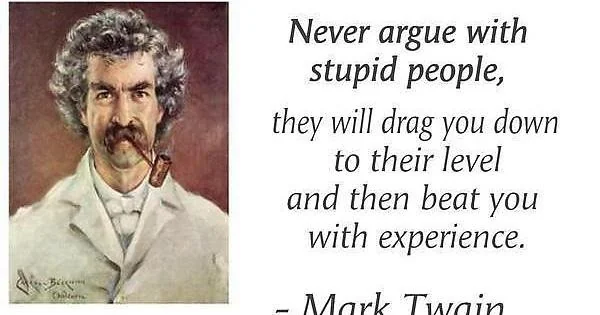Tell me more about PACs and their influence.

Tell me more about PACs and their influence.
Political Action Committees (PACs) are organizations that raise and spend money to support candidates and influence elections. They can represent industry groups, labor unions, or individual companies1. PACs spend money to run advertisements on specific issues or for candidates, finance get-out-the-vote drives, do research on election issues, and more.
There are three different kinds of PACs under Federal Election Committee (FEC) rules and regulations: traditional, super, or hybrid1. Traditional PACs face both spending and donation limits. They can spend up to $5,000 on a candidate every election, up to $5,000 every year in contributions to other PACs, and up to $15,000 on national party committees1. Super PACs, also known as independent expenditure-only political committees, cannot directly contribute money to candidates but can freely spend on political advertisements and independent election-influencing activities. They do not face donation limits, meaning individuals or corporations can give an unlimited amount of money to super PACs1. Hybrid PACs maintain two separate accounts: one functions like a traditional PAC with contribution limits, and the other functions like a super PAC, which only makes independent expenditures1.
PACs have become significant players in US elections, with their spending increasing in recent years1. They are required to disclose the total amount of money they receive, as well as the names, addresses, employers, and occupations of any person who donates more than $200 to them in one year1.
Would you like to know more about a specific type of PAC or their activities?
Political Action Committees (PACs) are organizations that raise and spend money to support candidates and influence elections. They can represent industry groups, labor unions, or individual companies1. PACs spend money to run advertisements on specific issues or for candidates, finance get-out-the-vote drives, do research on election issues, and more1.
There are three different kinds of PACs under Federal Election Committee (FEC) rules and regulations: traditional, super, or hybrid1. Traditional PACs face both spending and donation limits. They can spend up to $5,000 on a candidate every election, up to $5,000 every year in contributions to other PACs, and up to $15,000 on national party committees1. Super PACs, also known as independent expenditure-only political committees, cannot directly contribute money to candidates but can freely spend on political advertisements and independent election-influencing activities. They do not face donation limits, meaning individuals or corporations can give an unlimited amount of money to super PACs1. Hybrid PACs maintain two separate accounts: one functions like a traditional PAC with contribution limits, and the other functions like a super PAC, which only makes independent expenditures1.
PACs have become significant players in US elections, with their spending increasing in recent years1. They are required to disclose the total amount of money they receive, as well as the names, addresses, employers, and occupations of any person who donates more than $200 to them in one year1.
Would you like to know more about a specific type of PAC or their activities? 😊




